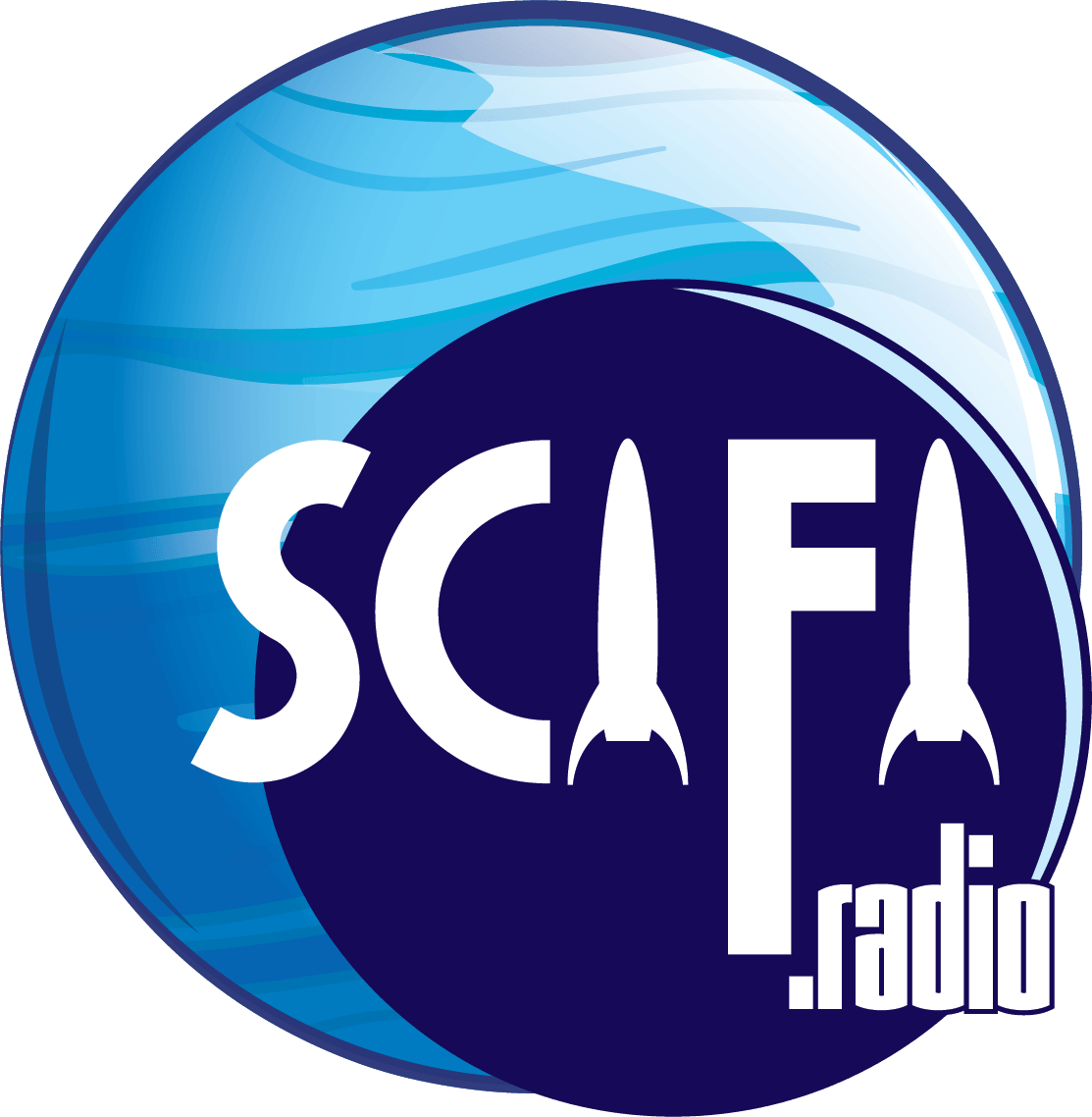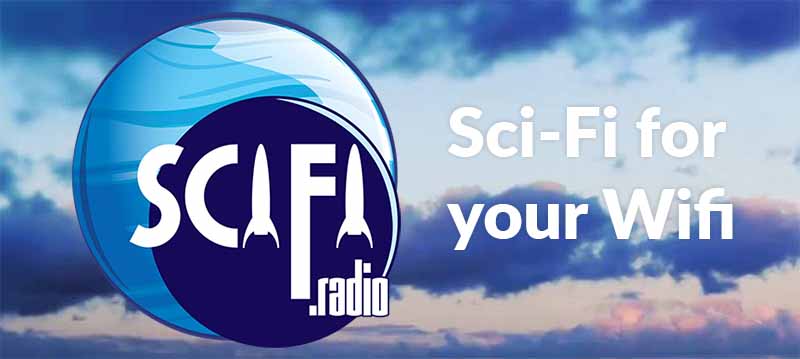COLD SPRING HARBOR, N.Y., Dec. 7, 2020 /PRNewswire/ –Cold Spring Harbor Laboratory (CSHL) scientists developed the world’s first mobile genome sequence analyzer, a new iPhone app called iGenomics. By pairing an iPhone with a handheld DNA sequencer, users can create a mobile genetics laboratory, reminiscent of the “tricorder” featured in Star Trek. The iGenomics app runs entirely on the iOS device, reducing the need for laptops or large equipment in the field, which is useful for pandemic and ecology workers. Aspyn Palatnick programmed iGenomics in CSHL Adjunct Associate Professor Michael Schatz’s laboratory, over a period of eight years, starting when he was a 14-year-old intern.

The iPhone app was developed to complement the tiny DNA sequencing devices being made by Oxford Nanopore. Palatnick, now a software engineer at Facebook, was already experienced at building iPhone apps when joining the Schatz laboratory. He and Schatz realized that:

“As the sequencers continued to get smaller, there were no technologies available to let you study that DNA on a mobile device. Most of the studying of DNA: aligning, analyzing, is done on large server clusters or high-end laptops.”
Schatz recognized that scientists studying pandemics were “flying in suitcases full of Nanopores and laptops and other servers to do that analysis in the remote fields.” iGenomics helps by making genome studies more portable, accessible, and affordable.
Users can AirDrop sequencing data to each other, enabling DNA analysis in the most remote locations. iGenomics may soon even find its way into the hands of astronauts, Schatz describes:
“There’s a lot of interest to do DNA sequencing in space. I’m trying to see if there’s a way we can get iGenomics up there. There’s a lot of people that are interested to do that.”
In the journal Gigascience, Palatnick and Schatz report the iGenomics algorithm can quickly map DNA sequences of viral pathogens, such as a flu virus or Zika virus, and identify mutations important for diagnosis and treatment. They also provide an online tutorial for analyzing other viral genomes, such as from a SARS-CoV-2 patient.
Schatz dreams that this device will help field workers and citizen scientists alike:
“Today, we all carry professional cameras in our pockets, so it’s not that hard to imagine in the next couple years, all of us carrying our own DNA sequencers on our smartphones. There’s just so many opportunities to do measurements of our environment and look for pathogens, maybe even do scans of yourself.”

Of particular interest is that the app itself is free, and open source. You can download the code from GitHub and play with it – you’ll still need the device it goes with, though, and that device costs in the low thousands of dollars – not exactly a hobbyist’s impulse purchase.
The team’s paper was published in the journal Gigascience.
About Cold Spring Harbor Laboratory
Founded in 1890, Cold Spring Harbor Laboratory has shaped contemporary biomedical research and education with programs in cancer, neuroscience, plant biology and quantitative biology. Home to eight Nobel Prize winners, the private, not-for-profit Laboratory employs 1,100 people including 600 scientists, students, and technicians. For more information, visit www.cshl.edu
SOURCE Cold Spring Harbor Laboratory
-30-
SCIFI.radio is listener supported sci-fi geek culture radio, and operates almost exclusively via the generous contributions of our fans via our Patreon campaign. If you like, you can also use our tip jar and send us a little something to help support the many fine creatives that make this station possible.










